





Gas gangrene
Essence of gas gangrene and premises of its emergence
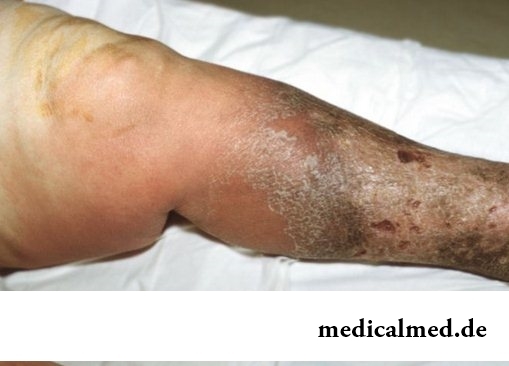 Gas gangrene is a mephitic gangrene which develops owing to extensive damages of fabric. As a rule, it is caused: gunshot wounds, the fragmentary hurt wounds, open fractures and separations of extremities, wounds of a large intestine, other severe injuries. The scale of damages of tissues of body is more and the more they are contaminated, the conditions for development of an infection are more favorable. The causative agent of gas gangrene – anaerobic microbes which eat the devitalized cells which are in a wound. In the course of reproduction these microbes emit specific gas. It not only is one of characteristic symptoms of existence of an infection, but also causes extensive intoxication of the vital systems of an organism. As a rule, the infection develops within the first days from the moment of an injury, but in certain cases symptoms of a disease appear considerably later. Let's note also that at the diagnosis gas gangrene treatment has to be carried out to the most short time as the disease is extremely dangerous and quite often leads of the patient to death.
Gas gangrene is a mephitic gangrene which develops owing to extensive damages of fabric. As a rule, it is caused: gunshot wounds, the fragmentary hurt wounds, open fractures and separations of extremities, wounds of a large intestine, other severe injuries. The scale of damages of tissues of body is more and the more they are contaminated, the conditions for development of an infection are more favorable. The causative agent of gas gangrene – anaerobic microbes which eat the devitalized cells which are in a wound. In the course of reproduction these microbes emit specific gas. It not only is one of characteristic symptoms of existence of an infection, but also causes extensive intoxication of the vital systems of an organism. As a rule, the infection develops within the first days from the moment of an injury, but in certain cases symptoms of a disease appear considerably later. Let's note also that at the diagnosis gas gangrene treatment has to be carried out to the most short time as the disease is extremely dangerous and quite often leads of the patient to death.
Gas gangrene – symptoms and a clinical picture
Now doctors allocate 4 forms of a disease of gas gangrene.
Classical gas gangrene is characterized by local hypostasis of the damaged fabrics which gradually turns into necrosis and is followed by intensive gas generation. Skin around a wound becomes pale, becomes covered by brown spots. At a palpation from it vials of gas and sanious liquid are allocated. The damaged fabrics get a gray-green shade and in several hours finally die off with allocation of a putrid smell. Classical gas gangrene is not followed by release of pus.
Edematous and toxic form of a disease of gas gangrene. Around the field of damage there is extensive hypostasis which gradually extends on even healthy fabrics. There is no pus – gas generation – weak. Hypostasis extends extremely quickly. As a result, the necrosis of muscular tissue is shown practically right after getting injured.
Phlegmonous gas gangrene – symptoms, unlike other forms, are expressed poorly. In most cases necrosis of fabrics is limited to the small site, but process is followed by release of pus and gas generation. Temperature of an integument does not decrease, there are no spots on skin and hypostases –.
Putrefactive form of gangrene. Develops very violently with intensive disintegration of fabrics. Omertveny of muscles comes extremely quickly with department of purulent contents and liberation of gas. Speed of development of an infection is explained by symbiosis of anaerobic and putrefactive bacteria. At the same time the causative agent of gas gangrene emits toxins which destroy proteins of fabrics and walls of vessels that involves emergence of secondary erosive bleedings. There is also one more characteristic sign: if the previous forms of a disease are most often localized on extremities, then putrefactive gas gangrene generally extends in the field of a mediastinum and a rectum.
As for the general symptoms of a disease, it is possible to allocate a number of the most typical symptoms of gas gangrene:
- lowering of arterial pressure;
- depression or, on the contrary, too strong excitement;
- tachycardia;
- fervescence to 38-39 degrees;
- painful sleeplessness;
- dehydration;
- hurried breathing;
- high-growth anemia.
Gas gangrene which treatment was begun out of time leads to a bystry lethal outcome (within 2-3 days). Sometimes death comes much quicker (so-called "instant" gas gangrene). In the latter case the person will be saved by only an urgent operative measure and the qualified medical care.
Gas gangrene – treatment and prevention
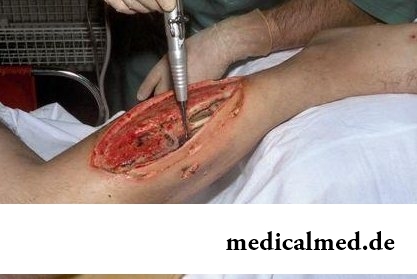 At the slightest suspicions on existence of an infection it is necessary to begin active surgical treatment. The doctor has to carry out broad opening of each damaged site and excise devitalized fabrics. At the same time also the correct drainage for withdrawal of purulent contents of a wound is provided. At the edges of the damaged site antibiotics of a broad spectrum of activity are entered. If there is a confirmed diagnosis gas gangrene, treatment consists in immediate amputation of an extremity with the subsequent hyperbaric oxygenation (the patient is regularly placed in the cell with the established high pressure (no more than 3 atm).
At the slightest suspicions on existence of an infection it is necessary to begin active surgical treatment. The doctor has to carry out broad opening of each damaged site and excise devitalized fabrics. At the same time also the correct drainage for withdrawal of purulent contents of a wound is provided. At the edges of the damaged site antibiotics of a broad spectrum of activity are entered. If there is a confirmed diagnosis gas gangrene, treatment consists in immediate amputation of an extremity with the subsequent hyperbaric oxygenation (the patient is regularly placed in the cell with the established high pressure (no more than 3 atm).
Right after detection of gas gangrene to the patient intensive infusional care about use of plasma, albumine, proteins and solutions of electrolytes is appointed. If gas gangrene which symptoms demonstrate emergence of anemia develops, the patient carries out hemotransfusion with simultaneous introduction of antibiotics.
If the causative agent of gas gangrene is revealed, doctors use monovaletny antigangrenous serums. If is not present, then to patients polyvalent serums widely of an action spectrum are entered.
As for the general actions. Patients with the diagnosis gas gangrene are isolated from other patients. Near them the round-the-clock sisterly post will be organized. All tools and bed linen are carefully processed. Let's notice that disputes of bacteria perish only at repeated boiling therefore for disinfection it is better to use air or steam sterilization with use of the special equipment.
Observance of rules of precaution at treatment of gas gangrene concerns also to health workers. They have to carry out all procedures in rubber gloves. The last are regularly disinfected. Dressing and other expendables are destroyed right after the end of bandaging.
At regular visit of a sunbed the chance to develop a carcinoma cutaneum increases by 60%.

Impossibility to conceive the child – a trouble of many Russian families. During quite long time was considered that the main "culprits...
Section: Articles about health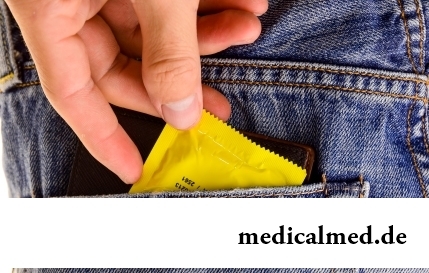
Today about 30 diseases, sexually transmitted are known. Wide circulation of these illnesses is extremely promoted by the dual attitude towards them: on the one hand, most of people know about "shameful" diseases and not a stirrup very little...
Section: Articles about health
Physical activity is necessary for normal functioning of a human body. At a lack of the movement joints cease to function, muscles atrophy, cardiovascular activity is broken and the metabolism worsens. The modern city rhythm of life does not provide the person with an adequate exercise stress, additional - sport is necessary. Tedious tasks the huge number of the people having those or ин exists sport not all to liking, but also...
Section: Articles about health
Smoking not only exerts a negative impact on the state of health of the consumer of tobacco products, but is a source з...
Section: Articles about health
Antibiotics - - it is possible to call the chemical compounds suppressing growth of bacteria the break in the field of medicine which allowed to save mankind from many diseases incurable earlier: tuberculosis, plague, syphilis and many others. A contribution of drugs to rescue of people from...
Section: Articles about health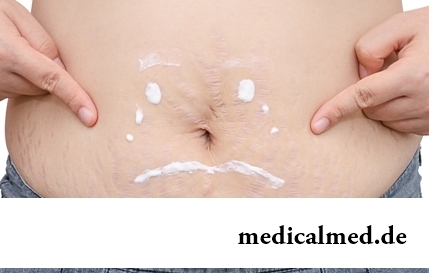
Striya (extension) are the defects of skin having an appearance of direct or wavy strips from 1 to 10 cm long and 1-5 mm wide. In most cases at women of a striya are located on a stomach, hips, a breast or buttocks. At athletes they can appear on shoulders and the internal surface of forearms. At initial stages of development of an extension have red or lilac color, but over time their coloring turns pale, and strips become whitish, getting a nacreous shade....
Section: Articles about health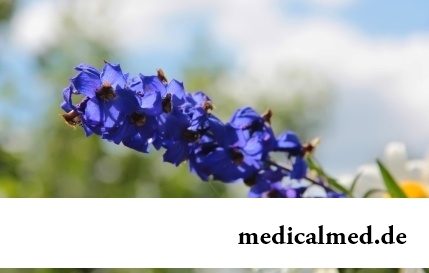
It is impossible to imagine human life in which there would be no plants. Practically in each apartment and any of productions...
Section: Articles about health
The trophic ulcer is not an independent disease. This heavy complication arising owing to a thermal injury (a burn or a frostbite), chronic pathologies of arteries or veins of the lower extremities, a diabetes mellitus, and also some defeats of a soyeda...
Section: Articles about health
Each of us repeatedly noticed that the people having the same passport age are sometimes not similar on one-years at all. One at the age of 40-45 years already looks almost an old man, and another and in 60 is young, vigorous and full of life. The matter is that the condition of our health depends not on the number of the lived years, and on degree of safety of an organism. This factor also defines biological age of the person....
Section: Articles about health
Scientists have no unambiguous opinion on a proximate cause of emergence of a carcinoma cutaneum today. Are precisely established only фа...
Section: Articles about health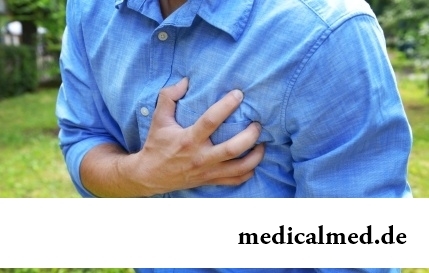
For the time being the perspective of heart diseases seems to most of people remote and foggy. But sooner or later practically each adult faces extremely unpleasant feelings: sudden stethalgia. To be consoled at this time in a thought of t...
Section: Articles about health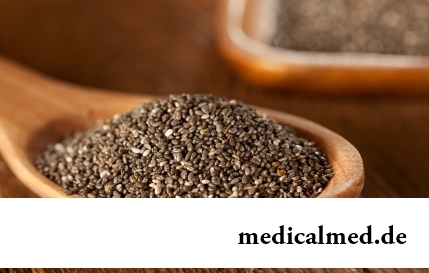
The chia plant, or the Spanish sage, is from South America. The indigenous people of the continent since ancient times used its seeds in food: small, but very nutritious kernels, in a form the reminding fasolina. Indians knew about useful properties of seeds of a chia, and applied them to maintenance of vitality and increase in endurance before serious exercise stresses....
Section: Articles about health
It is pleasant to state a possibility of improvement of quality of life of people with problems of functioning of secretory system. By efforts that...
Section: Articles about health
The immunity role in growth of the child is invaluable. The proteins-immunoglobulins produced by immune system preserve the child against the diseases capable − owing to an organism weak still − to serve as a stressful factor, to become the reason of many complications and delays in unless...
Section: Articles about health
According to data of World Health Organization, the cataract is diagnosed almost for 7% of the population of Earth. The statistics of incidence is considered not full as at an initial stage the illness, as a rule, does not cause to the person of special inconveniences, and many diseased sees doctors not at once. The cataract is not only one of the most widespread ophthalmologic illnesses, but also the reason of a half of cases of loss of sight....
Section: Articles about health
According to doctors, more than a half of men of 25-50 years suffer from frustration of the urinogenital sphere, but sees a doctor from them меньшинс...
Section: Articles about health
The person, as well as all other beings living on our planet feels weather changing. It is the normal meteosensitivity which is not causing to healthy people of special troubles. Meteodependence, on the contrary, is morbid condition, характеризующимс...
Section: Articles about health
The phenomenon of the panic attack is known long ago, but the reasons of its emergence still are up to the end not found out. It is established that more than 30% of people at least once in life become the victims of very unpleasant phenomenon: without everyones on that the reasons they have a feeling of horror which is followed by a cardiopalmus, a shiver and the fever or feeling of sudden heat increased by sweating, breath constraint, dizziness, nausea....
Section: Articles about health
Is told about advantage of domestic animals for development of the child much. But many parents nevertheless do not hurry to bring pets as about...
Section: Articles about health
Statistically, at the address to doctors seven of each ten patients complain of a headache. Actually it is much more people who are periodically feeling unpleasant feelings such. Many people, apart from a headache the reason for serious fear...
Section: Articles about health
Practice of hypnotic impact on consciousness of the person contains about two millennia. During this time scientists managed to learn a lot of things about a phenomenon of hypnosis and learned to facilitate a condition of the patients having heavy illnesses with its help....
Section: Articles about health
The pine is one of the most widespread plants of our woods. Its needles and pitch not without reason called by "gallipot", since ancient times испол...
Section: Articles about health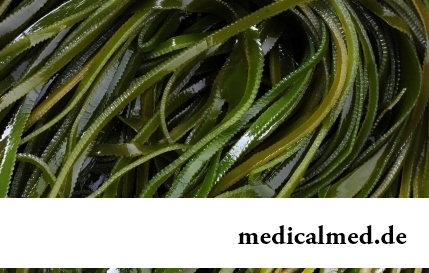
For residents of the countries of Southeast Asia various algas are an obligatory component of a daily diet. Their popularity is connected not only with high tastes, but also with numerous curative properties. Russians are a little familiar with...
Section: Articles about health
One of the useful properties presented to the person by the nature is ability to feel fear. This ability is designed to signal about approach of a dangerous situation and to help to avoid in advance it to keep life. However if the fear is persuasive and is not reasonable, it can seriously limit possibilities of the person in respect of socialization and self-realization. Such pathological fear is called a phobia....
Section: Articles about health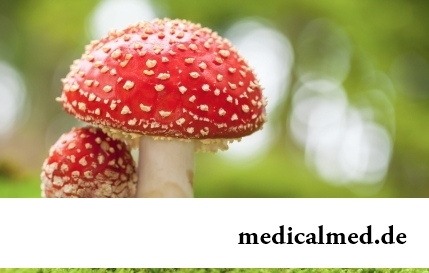
Mushrooms - the surprising inhabitants of our planet having a set of wonderful qualities. Thanks to one of them, a mold mushroom of Penici...
Section: Articles about health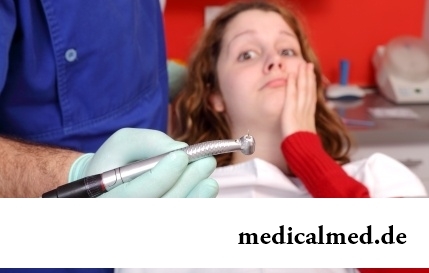
Statistically, can only one of ten of our compatriots brag of a decent condition of an oral cavity. Six teeth affected with caries are the share of the average Russian. For comparison, this indicator for Europeans almost six times exchanges...
Section: Articles about health
Within several decades of our compatriots convinced that the use of butter nasty affects a condition of coronary vessels. As a result the reputation of a product was impaired thoroughly a little, and many almost ceased to include it in the diet, having given preference "to safer" to vegetable fats. Meanwhile, the last researches showed that harm of butter for health is strongly exaggerated. But the product has a number of unique properties, to...
Section: Articles about health
